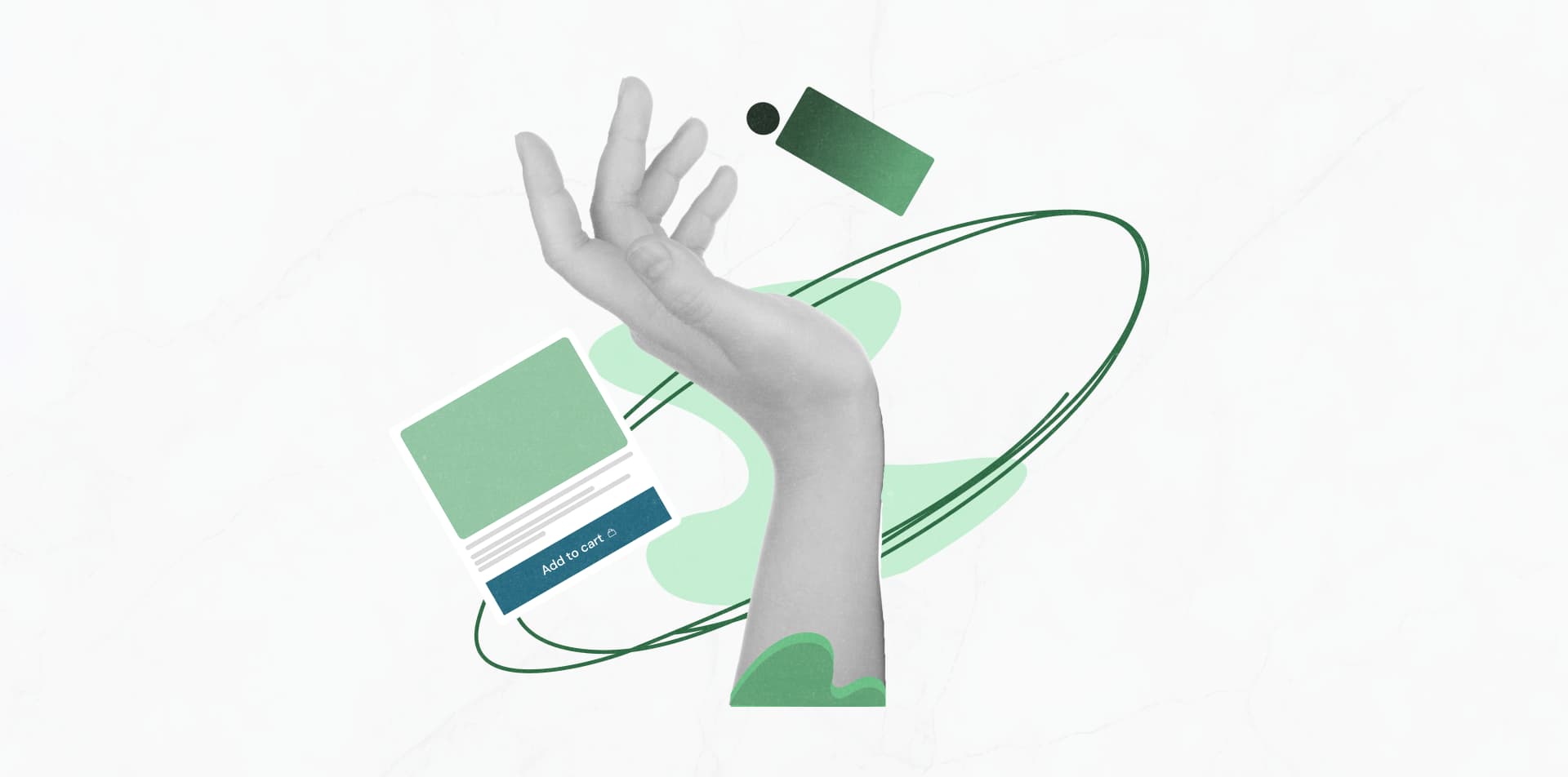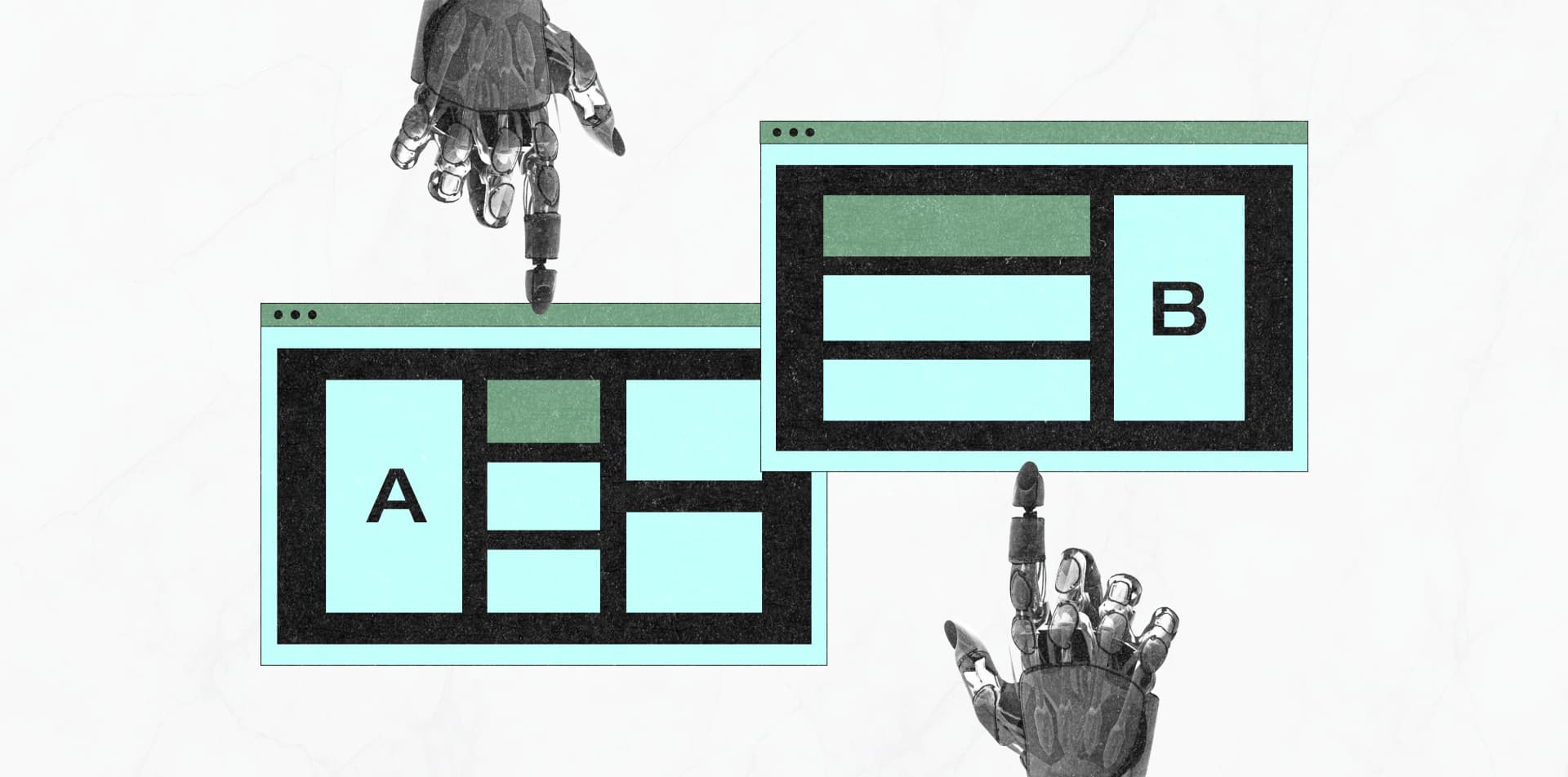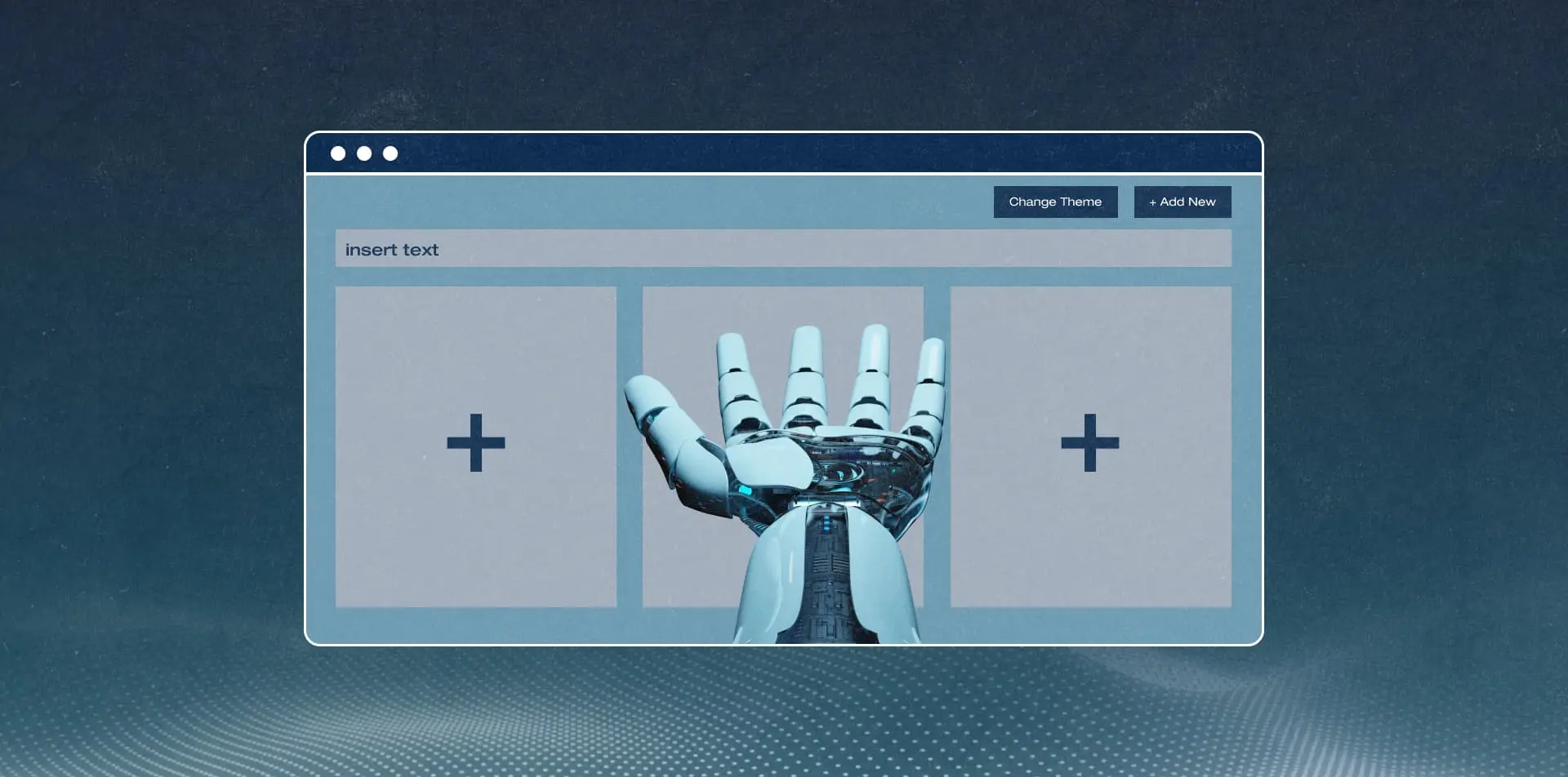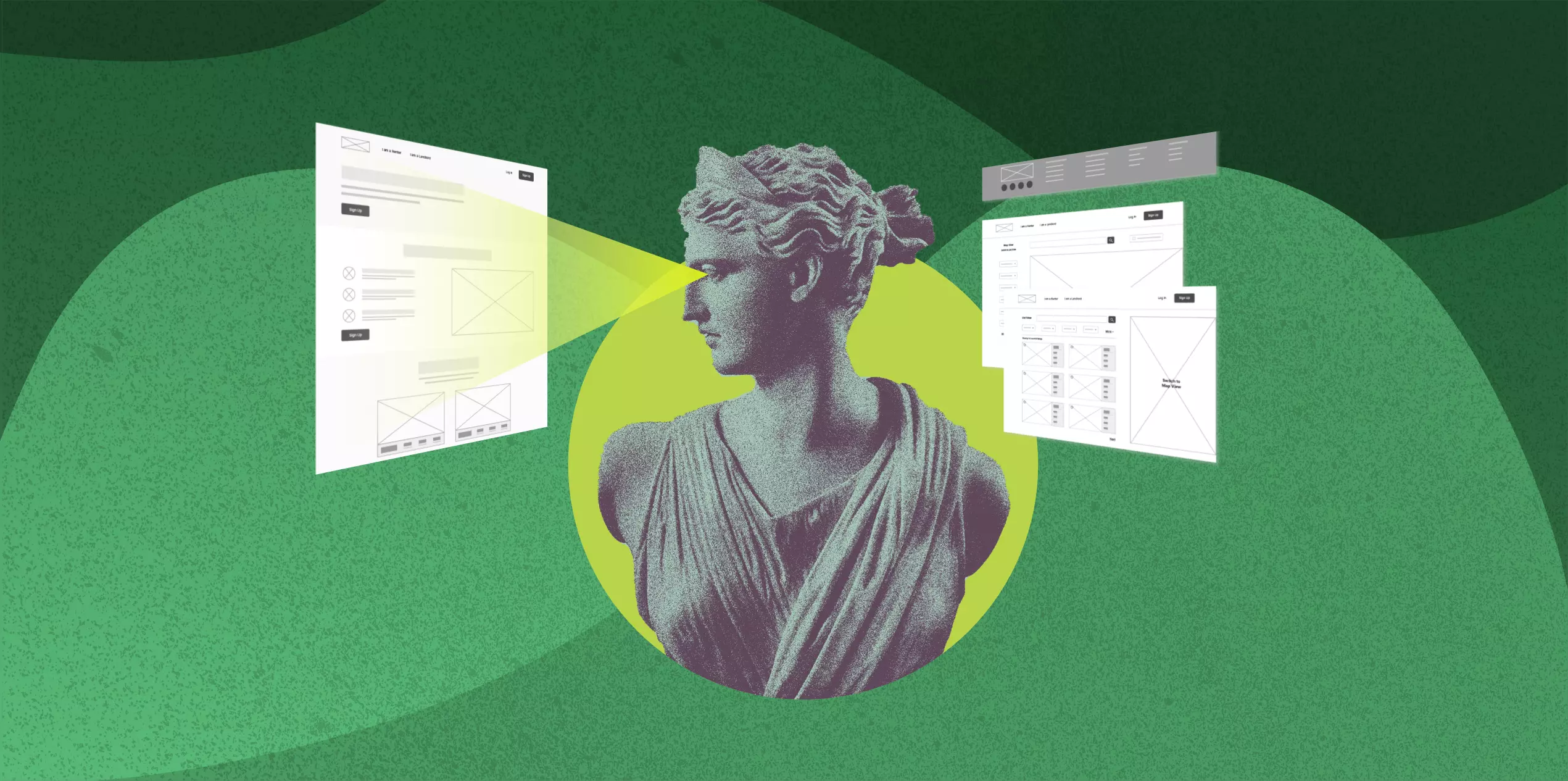
In a world where all eyeballs have become glued to screens and users who always ask for more, keeping your conversions at a higher rate should be the focal point of your next digital investment. To increase the percentage of users or website visitors to take the desired action, you will have to do more than your original offering and focus on providing or updating the details of your online platform that could positively increase Key Performance Indicators (KPI). Whether it be on the landing page, homepage, or any other page throughout your platform, they are all essential to building the perfect image for your brand.
With that being said, an ever-evolving process of UI/UX thinking and designing is crucial for positive conversion optimization.
Why invest in optimizing your UI/UX processes at all?
Because impressions do matter and nothing says more about the platform than a captivating user experience. Website speed, structure, colors, spacing, scrolling, symmetry, amount of text, fonts, and more, all add up to the impressions visitors are going to form about the platform. This means that they will either enjoy their experience and continue using the platform, or they are going to immediately close the window and never give the brand another chance.
[Article Quotes]
Therefore, optimizing the user experience and the interface shows that you care about the visitors and especially the ones that are loyal to the brand by returning for the next purchase. Every dollar spent on the UI/UX part of the process translates into fewer dollars spent on your customer acquisition.
What’s the UI/UX’s impact on visitor journeys
With an eye-catching User Interface (UI) design, you cater for visitors with aesthetically pleasing design elements that help them navigate through the website easily. If your visitors do not like how your website looks, do not create an idea of your offering, or can not seem to navigate the page thoroughly, chances are they will close the window and try for another similar offering. Hence, having an insightful approach to how the website could be more usable and amiable would automatically impact how visitors engage with it and how many could convert into loyal users. User Interfaces should always communicate brand values and reinforce users’ trust.
On the other hand, User Experience (UX) design is crucial to enhancing your users’ satisfaction. It provides insights into what customers want and expect from the website. If we are to take e-commerce websites as an example, nowadays, they have become relatively sophisticated. A better User Experience, which makes it easier for visitors to explore, find and then purchase the product(s) they want, is what’s going to differentiate your offering. Conversion Rate Optimization (CRO) is something that goes hand in hand with User Experience (UX). They both contribute to providing meaningful and relevant experiences to users. UX design has to do with the entire process of acquiring and integrating a product, including aspects of branding, design, usability and function. On the other hand, Conversion Rate Optimization helps adjust your UX in combination with the UI to provide a specific value that positively impacts a selected KPI, which is then A/B tested across multiple experiences for the same page and the highest performing version would become the main variant to continue its impact on the website. When UX design is done aptly, you will notice an immediate increase in the percentage of users that purchase a product, click 'add to cart', sign up for a service, fill out a form, or click on a given link. All this can be easily achieved by providing a pleasant online experience through a combination of beautiful visuals, easy accessibility and a thoughtful user flow.
Sogody’s approach towards UI/UX and CRO design processes
Here at Sogody, we have had more than a fair share of UI/UX design creation. Either designing websites from scratch or revamping old ones, we have always delivered awe-inspiring designs.
Our design team uses a range of CRO techniques that include customer journey analysis, segmentation, surveys and usability testing. By using these techniques, we aim to increase the number of visitors to a website, who then convert towards the desired KPI’s in a way. Depending on the outcome, our UX team then identifies the points of friction within the customer journey and starts building optimized experiences that are tested using UX methods like A/B & Multivariate testing.
Recently, our team has been working on creating a new product finder page for Samsung, based on the request from our client Cheil.
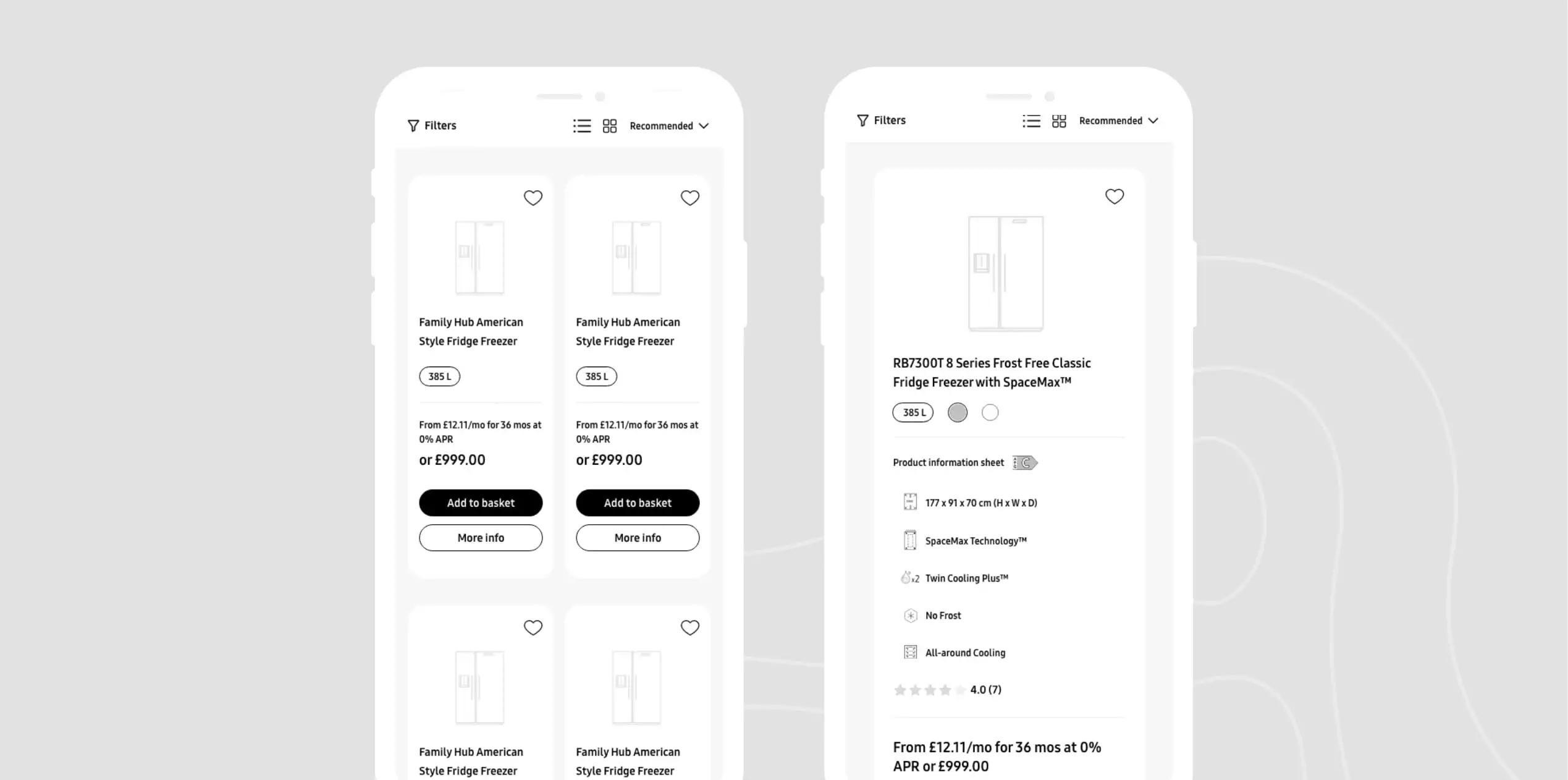
Our Digital Experiences Lead, Shkumbin Maxhuni gives us insight as part of the new product finder page - “When analyzing provided data and heat maps, we learned that returning users are more engaged with the page across all engagement points. While new users are just browsing, therefore, they are less likely to purchase a high-value item.
To help visitors see the information they need, our design team created two different layouts. One of them is an optimized (but limited-content) grid view, for new users, without showing all of the product features. The other is a detailed list view, highlighting the key product differentiators and additional benefits, for returning users.”
This UX experiment is proving to serve as a successful funnel, depending on the type of visitor of the page and what content should be surfaced to best drive engagement/conversion for each audience group.
Any time conversions shoot up, it is because a page’s UI/UX is improved
From the story, it is now given that users expect immediacy and ease of use. To shoot up conversions you have to know your audience. By all means, you can design your website based on visuals from other companies (your competitors) or can do some guesswork based on your knowledge of a certain audience. But, knowing where do your users click most often? When do they stop scrolling? What content makes them stick around, absorb, and convert? They are all imperative data. Therefore, combining far-out UI/UX designs with a highly crafted CRO process will contribute towards increases in conversions rates. Getting to a point of excellence with the above-described processes will not only make your conversions culminate, but your audience will also become more loyal too.
Share with your network
Latest updates
The space to share experiences, engage and learn from the Sogody team. Join the conversation by contacting us.
